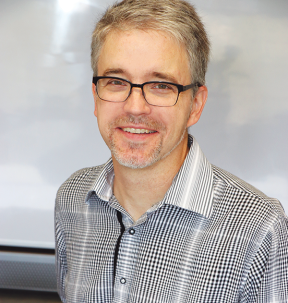 I hope you read the recent report about how vital CCNY is, in propelling so many of our students out of poverty. The report, led by Stanford economist Raj Chetty*, showed that 76% of City College students who started from the lowest 20% of income end up at least an entire quintile higher, so neither the lowest nor the second-lowest 20%. That report ranks CCNY #2 for mobility in the entire country. We are all proud of our contributions to this effort. But let me link that report to other strands of economic research.
I hope you read the recent report about how vital CCNY is, in propelling so many of our students out of poverty. The report, led by Stanford economist Raj Chetty*, showed that 76% of City College students who started from the lowest 20% of income end up at least an entire quintile higher, so neither the lowest nor the second-lowest 20%. That report ranks CCNY #2 for mobility in the entire country. We are all proud of our contributions to this effort. But let me link that report to other strands of economic research.
That leap in income is tremendously rare. Most people stay in the same quintile where they start and of those who move, most move just one quintile up or down – very few take more than one step away. You may remember hearing Raj Chetty’s name last month, documenting what David Leonhardt called the “end of the American Dream,” as he tabulated data that showed people born in 1950 had nearly an 80% chance of making more money than their parents, while those born in 1980 had just a 50% chance. (He also provided data about the geography of opportunity: there are some parts of the country that do better than others.) CCNY’s American Dream Machine is enormously difficult; it was always tough but it is becoming even more so.
We can further refine by noting that for many people of color, the Horatio Alger-style American Dream was always more ethereal. Although the study does not highlight this, we know that African-Americans and Hispanics are over-represented in the lowest income quintile. City College has been a leader in offering opportunity.
Documentation from Thomas Piketty showed that this slowdown in intergenerational mobility is not unique to the US. Diminishing opportunity goes along with increasing inequality throughout most of the developed world, as the 1% of the 1% get more and more resources.
Further, economic research has documented a strong link from education to economic growth, so the fruits of this opportunity do not only adhere to the individual but spill over throughout the community and the nation. Broader opportunity is not only more just – “Open the doors to all. Let the children of all the rich and the poor take their seats together and know of no distinction save that of industry, good conduct and intellect, Townsend Harris” – but also good for the wallet.
The same statistic, that most people stay near the quintile they started in, in turn means that the CCNY miracle has very long-lasting effects. Those CCNY alumni who are now much better off than their parents may have kids of their own, and these kids are likely to be much better off than their grandparents ever dreamed.
The efforts of the community here at City College will have tremendous effects for many generations to come and I am very proud to contribute to this mighty endeavor.
* Raj Chetty is a superstar in economics, who won the John Bates Clark Medal in 2013 (given to economists under 40; the award implies good odds to someday win a Nobel prize). He has taught at Berkeley, Harvard (where he was one of the youngest tenured faculty in the history of Harvard’s economics department), and now Stanford. http://siepr.stanford.edu/scholars/raj-chetty
Share this:




